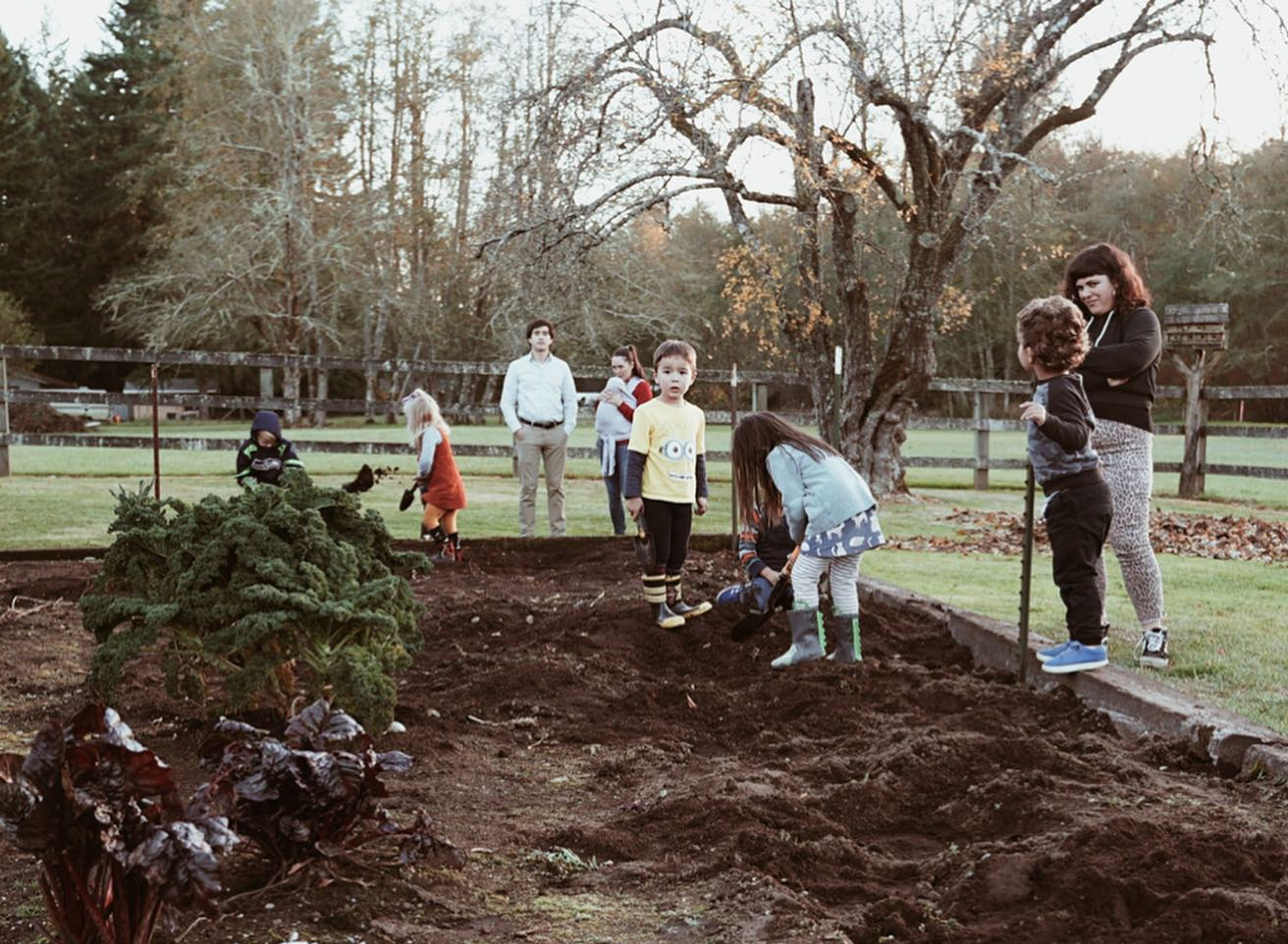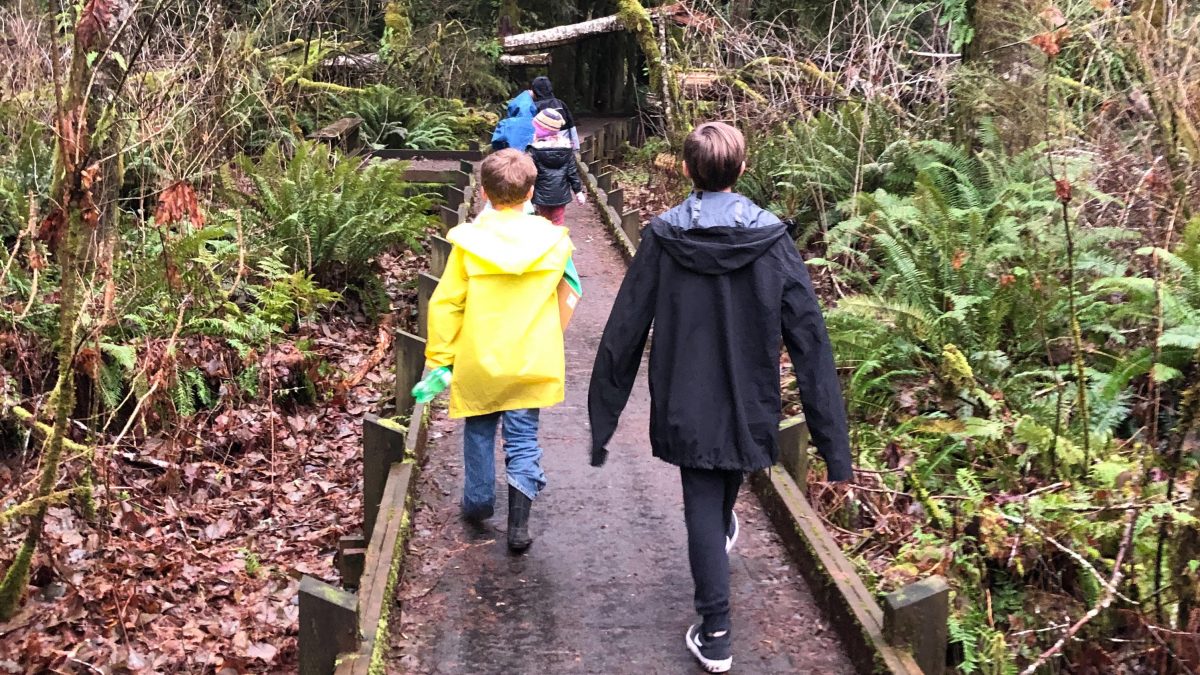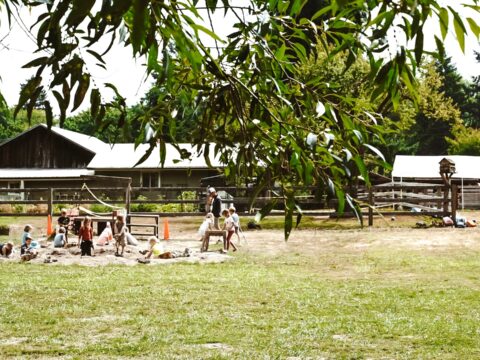
Build a Backyard Birdhouse: What You Need to Know
February 18, 2025
Fun Ways to Learn About Nature
February 25, 2025Exploring the outdoors is a great way to connect with nature, and identifying trees can be a fun and educational experience for all ages. Nature-based education encourages curiosity, observation, and a deeper appreciation for the environment.
Start by choosing a local park, forest, or even your neighborhood for a tree identification walk. Bring along a field guide or use a mobile app to help recognize different species. Pay attention to leaf shape, bark texture, tree height, and even seasonal changes like flowers or fruits. Comparing trees side by side can help highlight unique features.
For children, turn identification into a game—who can find the biggest tree or the one with the smoothest bark? For older students, discuss how trees support ecosystems by providing oxygen, shelter, and food for wildlife.
Regular tree walks build awareness of local biodiversity and help foster a sense of environmental stewardship. By learning to identify trees, participants gain valuable skills in observation and critical thinking while strengthening their connection to nature. So, lace up your walking shoes, step outside, and start discovering the incredible world of trees around you!





